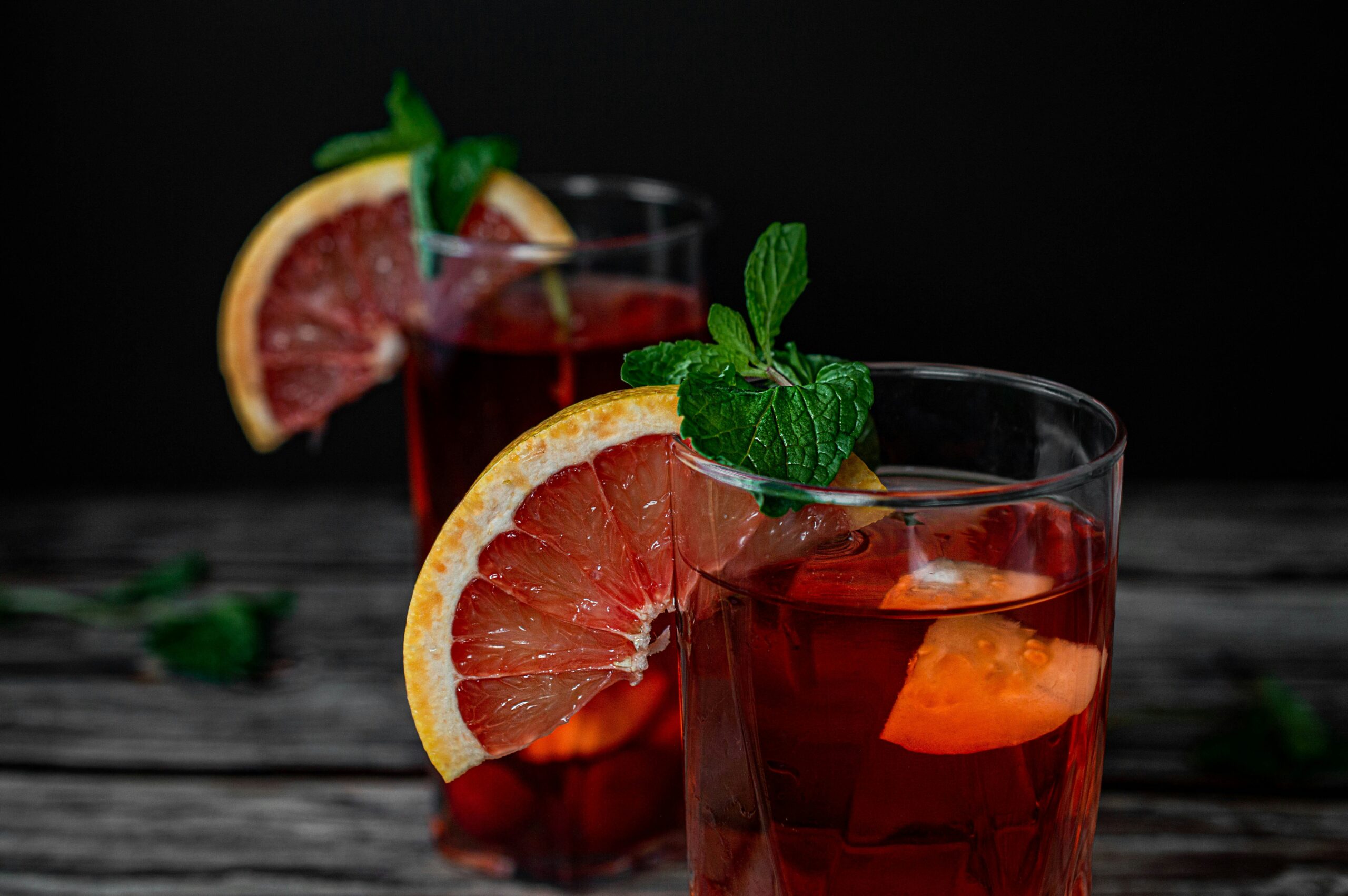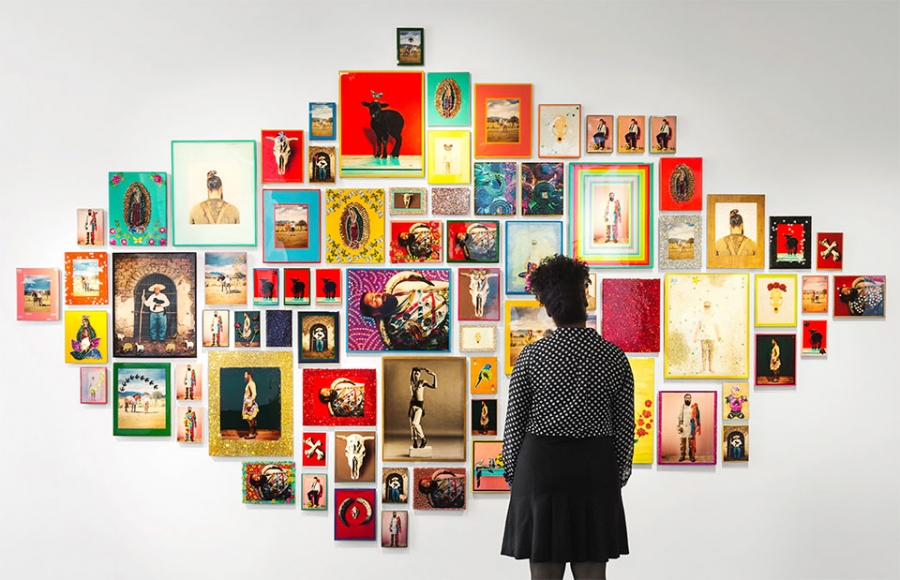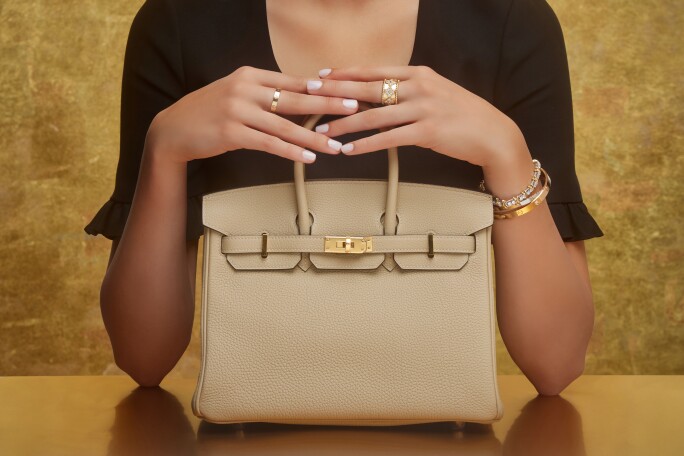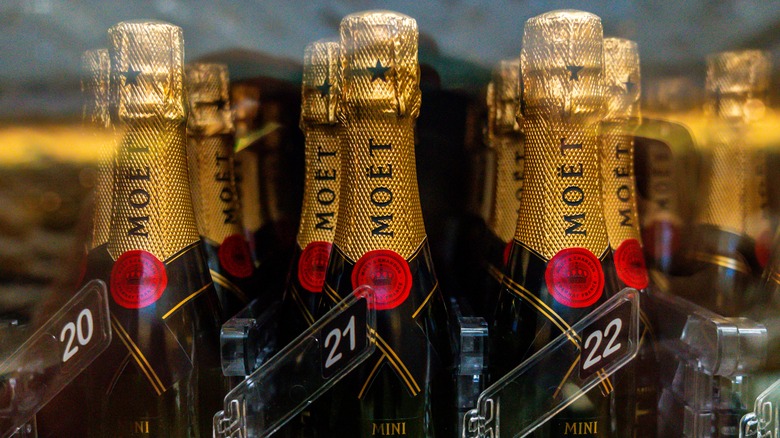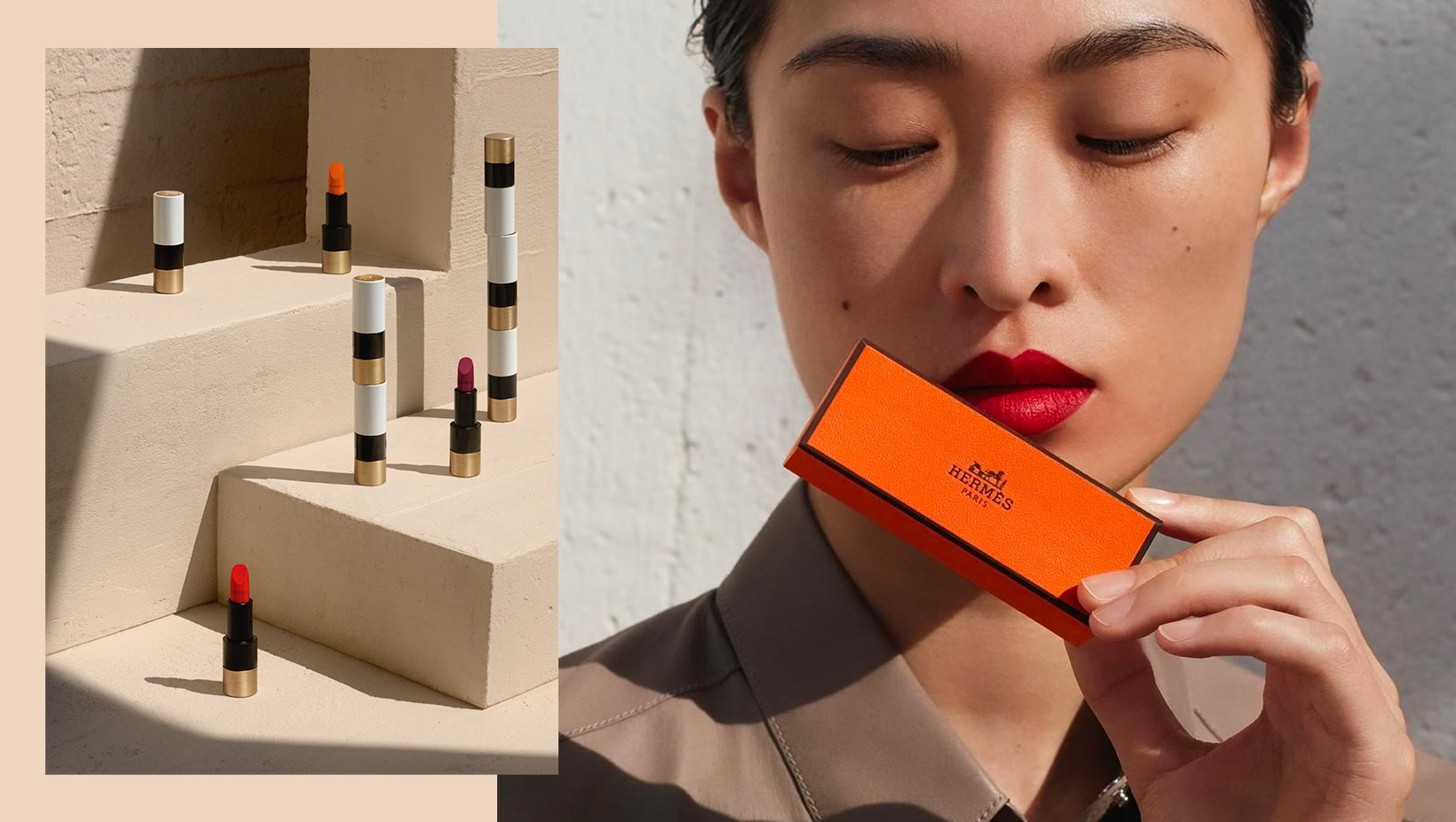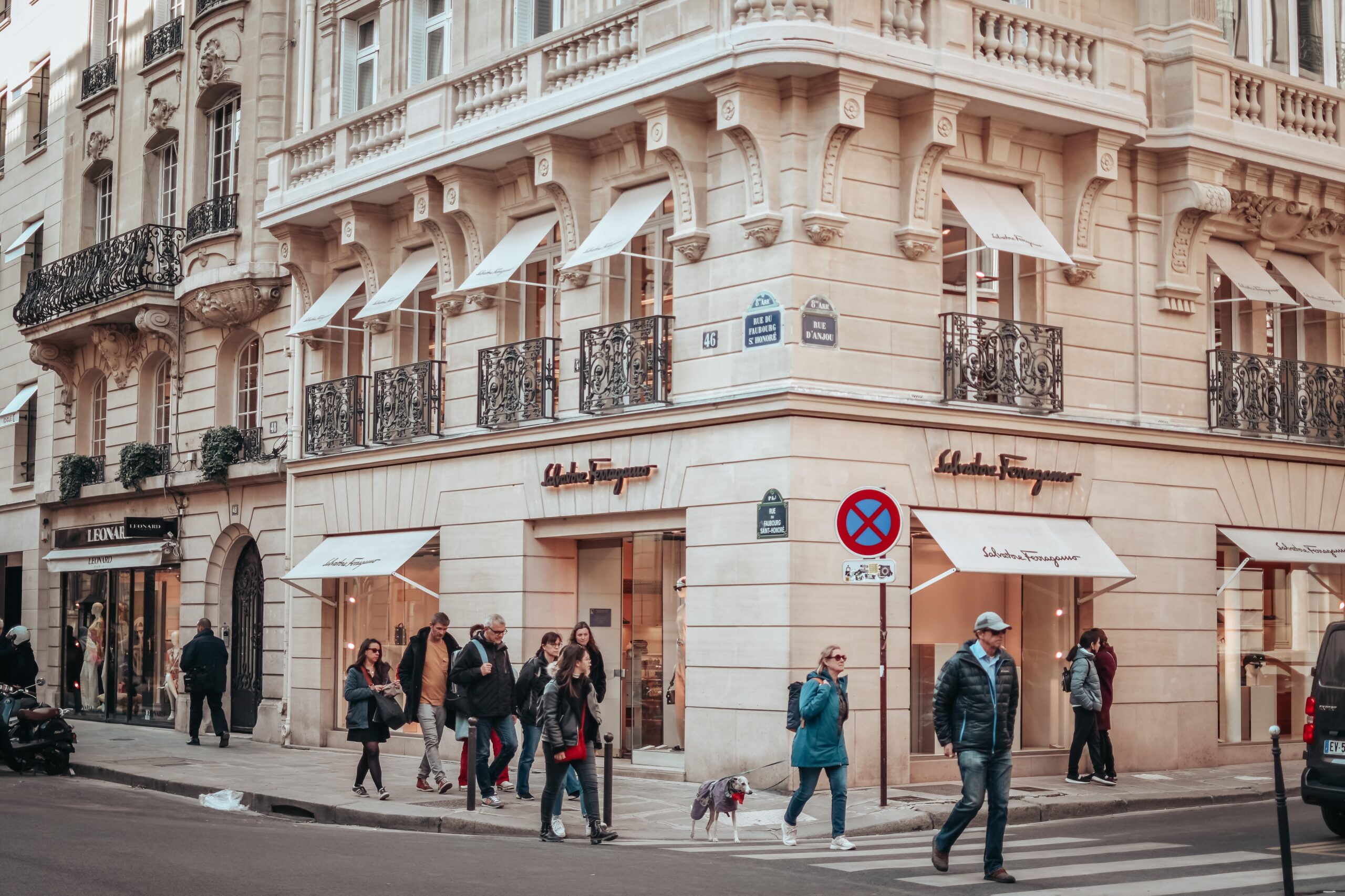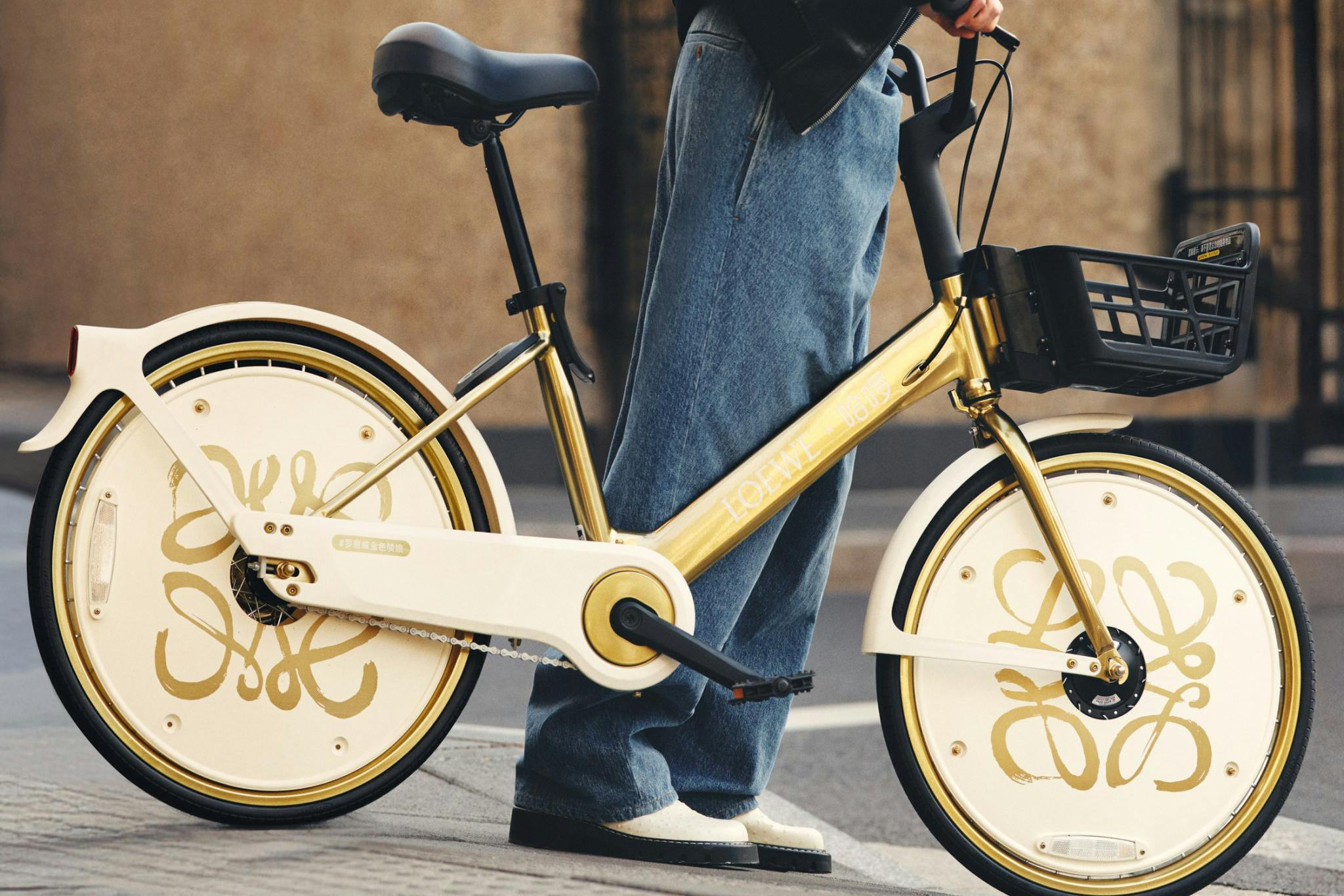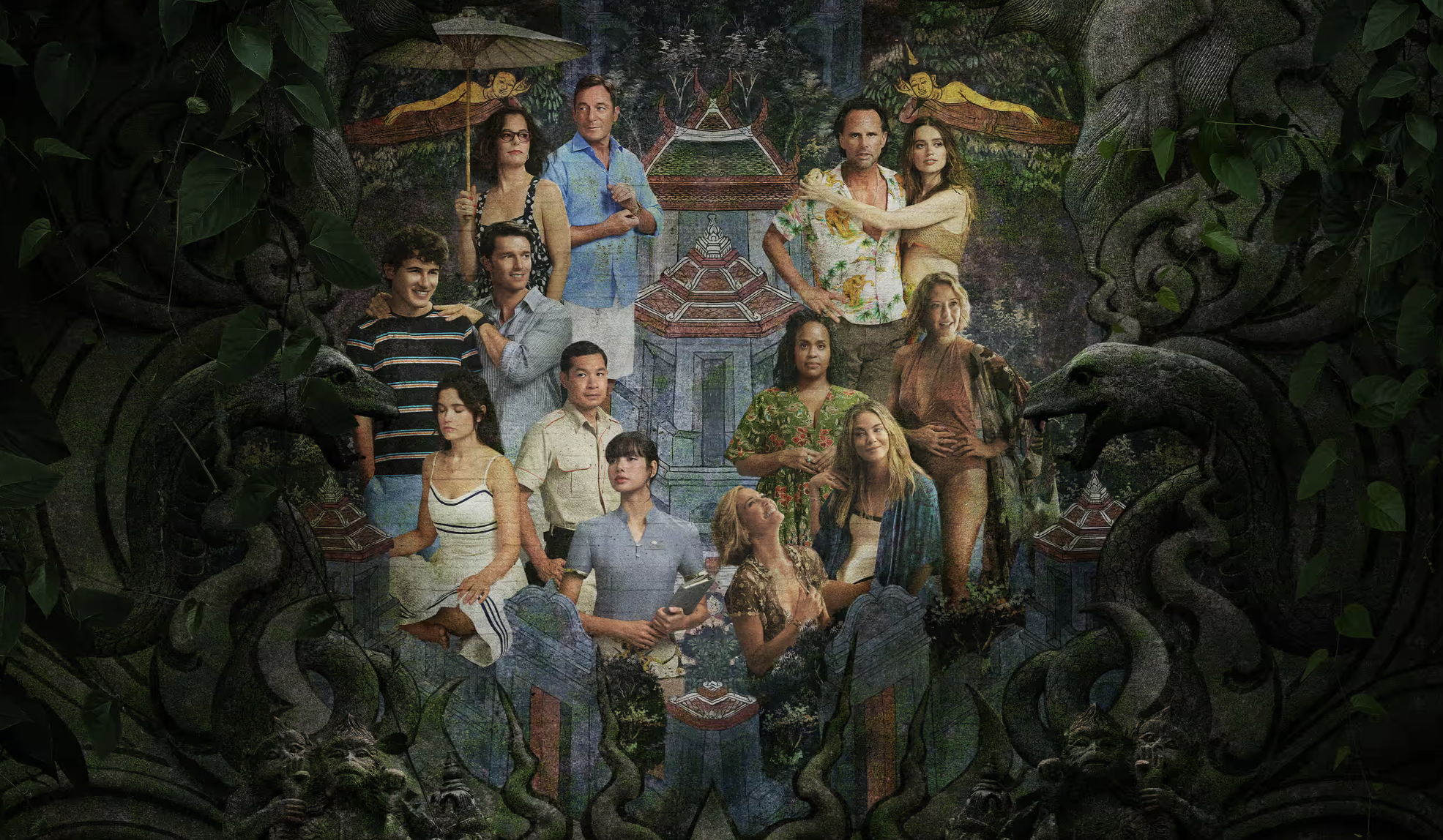Why 90% of Fashion Ideas Fail—and the Cost of Experimentation
Buyers attend fashion shows, get invited to market weeks and visit showrooms to source and procure merchandise for their stores. As a fellow buyer, I would attend these industry events to build valuable connections and find products that deeply resonate with my customers’ needs. One particular time, I had visited Joes Jeans showroom in New York and identified my favorites from a line sheet. A few weeks later, I received a confirmation of my purchase order, only to find missing items. As expected, several of the chosen options that I loved did not pass to the final production stage.
Roughly 60-80% of what is shown on the runway never reaches stores. It is pulled by brand or fashion house before it reaches production.

Why is that?
Some designs are created purely for editorial impact and brand storytelling. More of the trend-focused designs that belong in a museum, that look pleasing to the eye are often the ones that are pulled. Certain pieces are too expensive and impractical for mass production. Imagine offering your customers two to three levels of pricing models within one collection and imagine the confusion. Moreover, take into account the insanely high cost of goods on the material and construction. And some designs get pulled because they serve as prototypes that get modified before reaching consumers. Luxury brands and avant-garde designers tend to have a higher percentage of un-produced runway looks, while more commercial brands may produce a greater portion of their collections.
Ultimately, the retail buyers and merchandisers decide what gets produced based on market demand and commercial viability. As a merchant, I would work often with designers to ensure products were in their most sellable form, refining designs, adjusting pricing strategies, and ensuring materials, fit, and functionality aligned with market demand while preserving the brand’s identity. Overproduction is at an all time high and so its deeply comforting to know that my professional opinion has helped save production pains like this.
But what happens when commercially inviable designs do get to production?
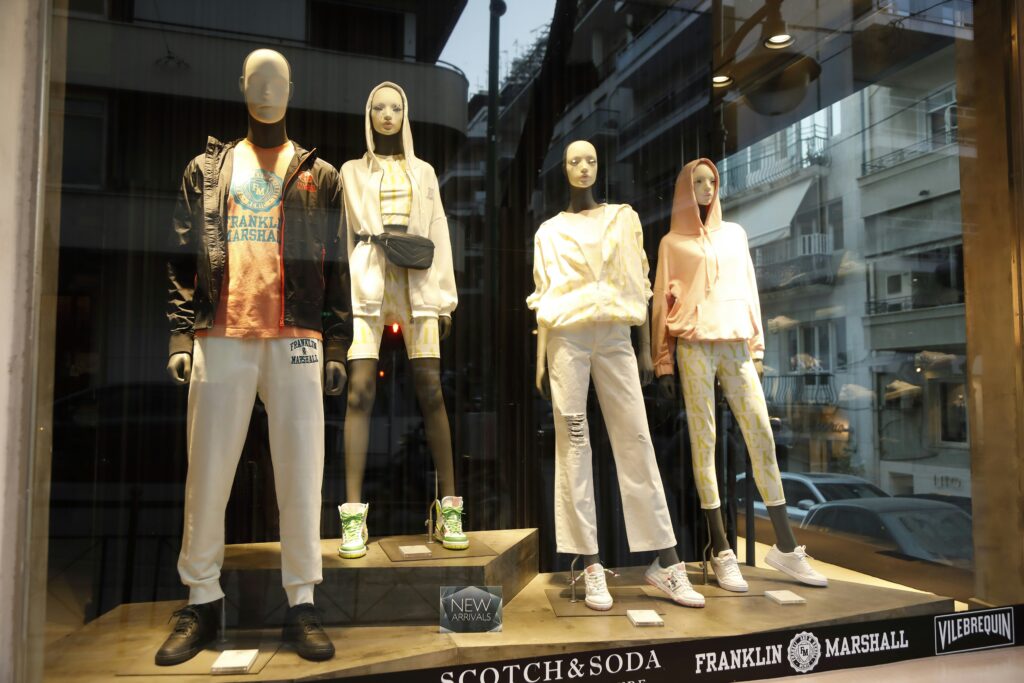
When balancing artistry with commercial success, luxury brands and high-fashion houses can sometimes afford to take these risks more than mass-market retailers. However, the effects are somewhat the same: These designs end up discounted, moved to the clearance section or to outlet stores, cutting into your profits. The brand can risk their image entirely. Too avant-garde or impractical? It risks not aligning to consumer expectations leading to poor reception and potential brand dilution. Brands may absorb the loss as part of their creative experimentation, using the data to refine future designs and better predict what will resonate with buyers.
Sometimes, out of a stroke of pure luck, unconventional designs find success with niche audiences or gain cult status, selling out unexpectedly or becoming collector’s items, which is a surprise for all involved. But even if a piece doesn’t sell well, it can generate buzz, editorial placements, and brand credibility, indirectly benefiting other products in the collection.
But is the cost of this type of experimentation even worth it?
Let’s consider these important stats:
- Out of 150 billion garments produced every year, approximately 30 billion are never sold.
- Experimental materials can lead to 5-15% fabric waste, raising costs per unit.
- Producing intricate designs can increase labor costs by 30-50% per piece. If a single prototype takes 2-3 extra weeks to perfect, it can delay an entire collection launch.
- If 40-50% of a collection doesn’t sell at full price, it results in heavy markdowns.
- Warehousing excess inventory can cost $10-$30 per pallet per month, adding up over time.
- Large retailers expect delivery by a certain date—delays can result in order cancellations or penalties of 10-20%.
- A 20% overproduction rate leads to surplus, while underproducing by 15% can result in stockouts, both impacting profitability.
- A delayed product launch can reduce anticipated revenue by 10-30%, affecting overall business growth.
Moreover, if a brand spends $500K developing designs that don’t sell, that money could have been used for marketing, trend-driven collections, or supply chain improvements.
So, experimenting with commercially inviable designs can have significant ramifications not just on revenue but on time and efficiency across multiple stages of the production and sales cycle that most companies, especially creative-driven ones, don’t always prioritize.
Efficiency is usually a secondary concern for fashion and luxury brands until it becomes a REAL financial problem. While creative experimentation is essential for brand identity, it requires a delicate balance. Before committing to large-scale production or time-intensive sales sessions, I suggest for smart brands (big and small) to test bold concepts in limited quantities. The right balance between vision and viability is critical for fashion and consumer goods brands where creativity often overshadows operational efficiency. A merchant’s eye brings a unique perspective often bridging design ambition with commercial strategy, identifying inefficiencies before they escalate, and ensuring that every product not only embodies the brand’s essence but also meets market demand.
The goal is to make your products work for you, not the other way around.
Want to build a commercially viable collection?
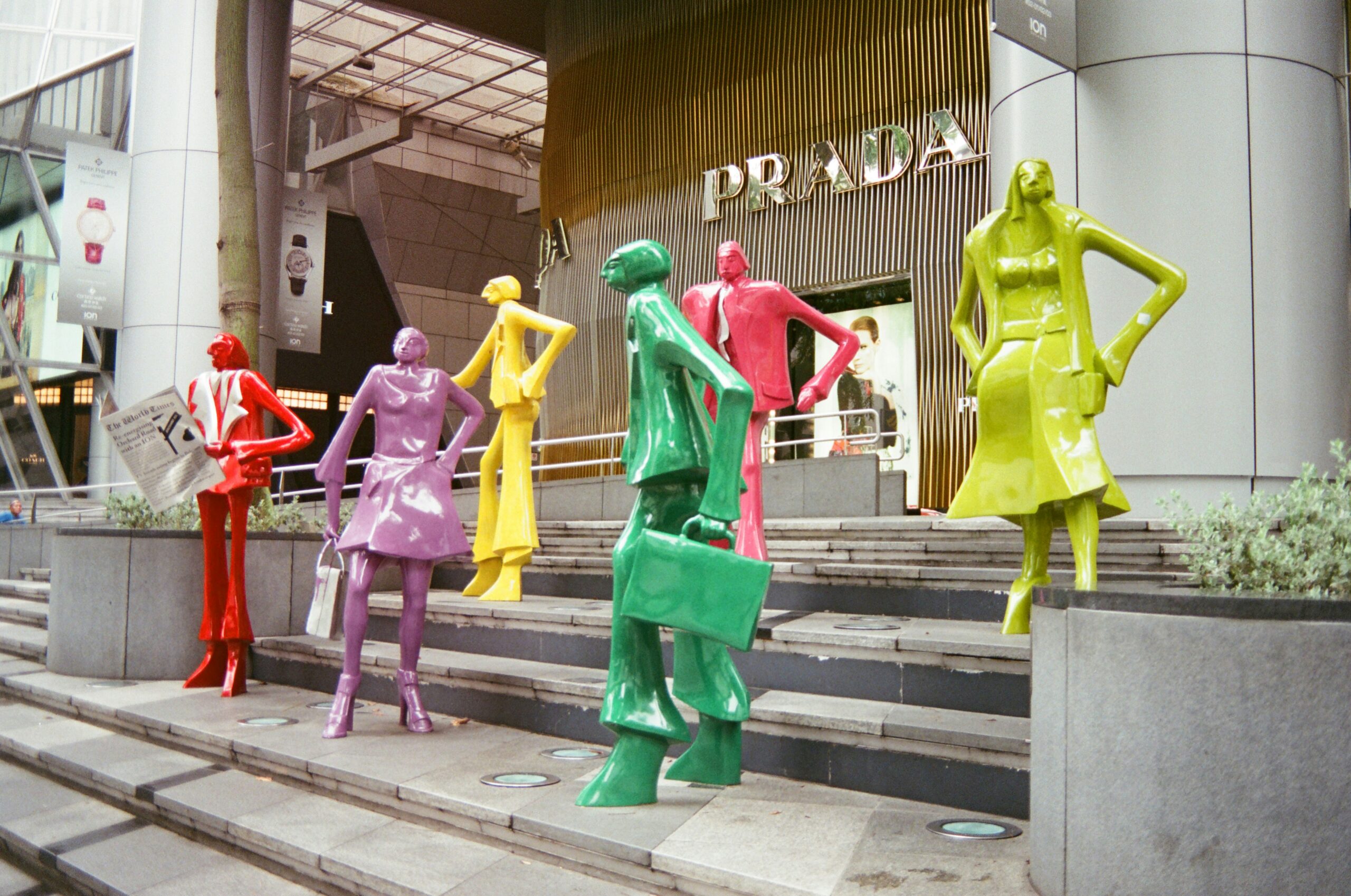
Almost there!
Be the first to know
about all the exciting news at Magnatist!
Thank you for leaving your email. We'll keep you updated!
